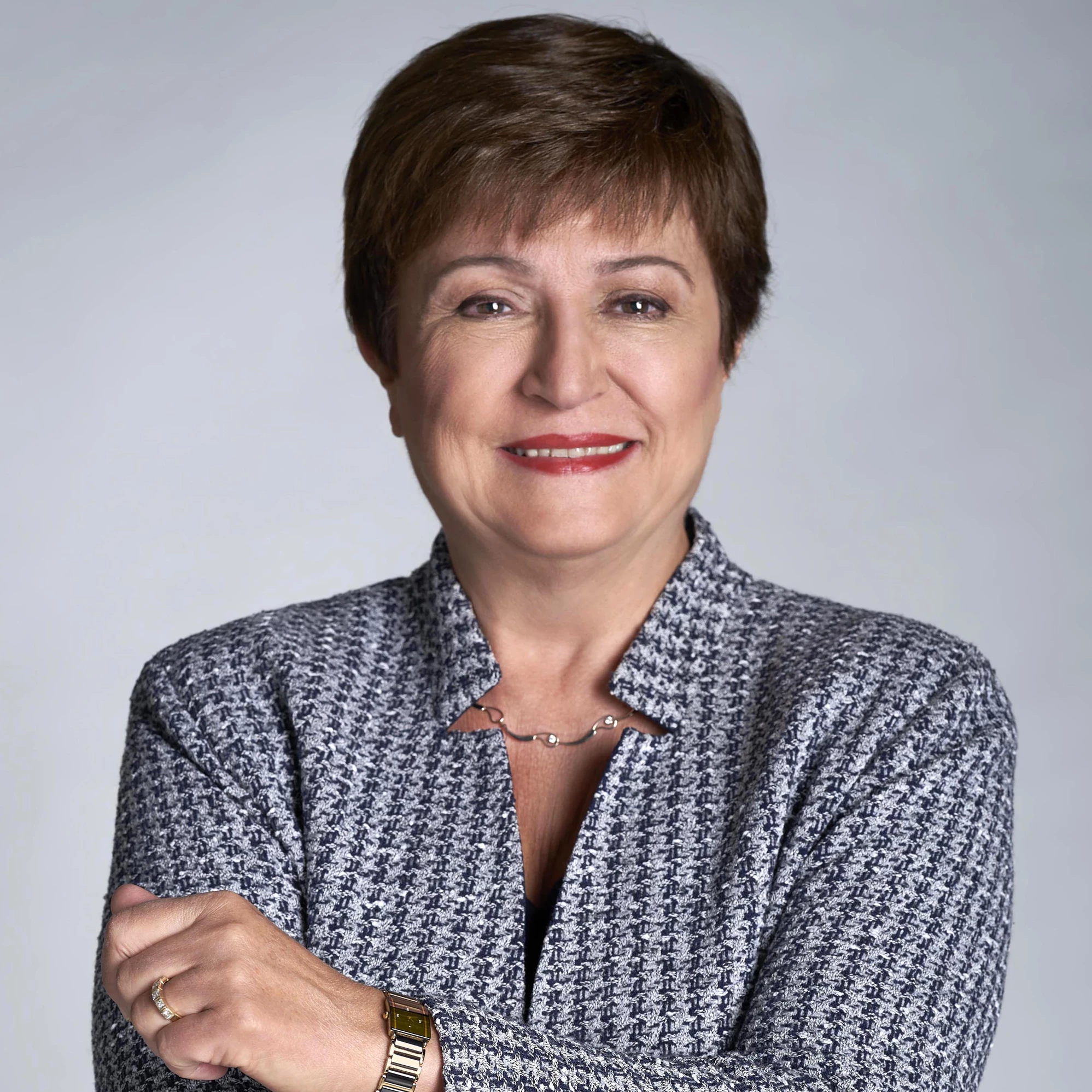
Still today, in almost all societies around the world, women are less well-off than men. Women are still paid less than men; they are less represented in business, politics and decision-making. Their life chances remain overwhelmingly less promising than those of men.
This inequality hurts us all. The world would be 20% better off if women were paid the same as men. Delaying early marriage in the developing world by just a few years would add more than $500 billion to annual global economic output by 2030.
But this is more than a problem of lost income. For women and girls in poor countries, it cuts life short before it can flourish.
Today, 830 women will die from complications related to pregnancy or childbirth. This month, 450,000 children under the age of five will die. This year, 151 million children will have their education and employment opportunities limited due to stunting. If current trends continue, 150 million more girls will be married by 2030.
Clearly, we need to accelerate progress so that no woman or child is left behind.
We need to allow women to time and space pregnancies as they choose, support safe deliveries, breastfeeding, and other basic services that are critical for health and nutrition. Good health leads to better educational attainment, and full participation in the labor force.
Bold new thinking is required to transform the lives of women, children and adolescents. It begins by making their lives our first priority in development. It means alignment between international donors and national governments to ramp up funding, and a global commitment to life-saving and health-enhancing services for every woman, child and adolescent.
The good news is there is a funding facility dedicated to improving health and life chances for women and children in the poorest countries. In 27 countries, it is already strengthening the delivery of quality services across pregnancy, birth, early years and adolescence by incentivizing governments prioritize spending on health and nutrition. This week, Heads of State and Ministers from across the world met in Oslo to decide on the future of the Global Financing Facility (GFF), with the aim to scale things up and tackle head-on the terrible effects of gender inequality on health.
In response, ten new investors—Burkina Faso, Côte d'Ivoire, Denmark, the European Commission, Germany, Japan, Laerdal Global Health, the Netherlands, Qatar and an anonymous donor—announced in Oslo that they were contributing more than US$1 billion to the GFF, which the World Bank will link to an additional US$7.5 billion in IDA/IBRD resources for women, children and adolescents’ health and nutrition.
The early results of the GFF are promising, and a recent study in The BMJ Global Health showed that just $US2.6 billion of GFF financing could catalyze up to US$75 billion of additional money by 2030—70% of which will come from increases in countries’ own domestic resources. It also showed that as many as 35 million lives could be saved by 2030 if global health investments contributing to maternal and child mortality continue to grow at current rates.
We point to three reasons for the early success of the GFF. First, it puts countries in the driver’s seat and rallies financial and implementation support towards their priorities, based on what they know will work on the ground. Second, it helps governments harness financing from multiple sources towards a single set of goals. This includes governments’ own resources, so they have skin in the game.
Finally, the GFF has a strong focus on results so health ministers can make the case for a greater share of the overall domestic budget. The government of Cameroon is a case in point. Since working with the GFF, it has committed to dramatically increase its national budget allocation for primary and secondary healthcare, from 8% in 2017 to 20% by 2020. This 150% expansion in government financing for health will help to accelerate access to safe and quality services for mothers and children.
And in the northeast of Nigeria, where there has been long-lasting conflict, GFF support has helped to re-establish maternal, newborn and child health and nutrition services. By linking funding to health results, local governments are making rapid progress—including increasing births attended by (midwives) health professionals from an estimated 5% coverage to 40%.
At the GFF Replenishment I spoke up to end health inequality for women, children and adolescents. I stood with the Bill & Melinda Gates Foundation, the governments of Norway and Burkina Faso, country health ministers and hundreds of other partners. The US$1 billion we raised, and the new partners we welcomed, this week are major steps. I encourage other partners to join us in our quest to realize the full potential of every woman, child and adolescent.
Together we can invest in the empowerment of women and children in poor countries and strengthen countries’ capacity to finance the health of their people sufficiently and sustainably.
Together, we can make unprecedented progress towards a fairer and more prosperous world.
Related:
World leaders pledge US$1 billion to transform health and nutrition of world’s poorest women, children and adolescentsThe biggest feminist fund (that you’ve probably never heard of) raises $1 billion to boost health of women and children worldwide


Join the Conversation